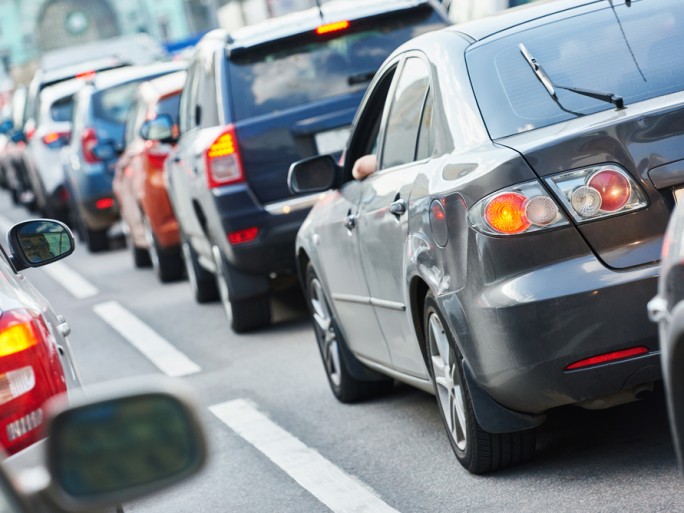If you live in the UK and have access to a vehicle, it’s almost certain you’ve had dealings with the DVLA at some point.
The body, which oversees licensing for motor vehicles across the country, deals with thousands of requests each day, including 175 million transitions, 25 million calls, 50 million licence transactions processed and 10 million licences issued last year.
But how does the DVLA keep track of all this data? At the recent Oracle Open World event in San Francisco, TechWeekEurope sat down with the body’s CIO, Iain Patterson, to find out how the two organisations work together to make sure nothing gets lost.
Transforming
 Patterson (pictured left) was brought on board to run the DVLA back in June 2013, having previously worked on high profile IT transformation programmes at UK Post Office and London 2012 Olympic/Paralympic Games. His aim was to carry out a digital transformation process that included such high-profile tasks as the digitisation of the UK’s road tax discs and cutting waste across the DVLA.
Patterson (pictured left) was brought on board to run the DVLA back in June 2013, having previously worked on high profile IT transformation programmes at UK Post Office and London 2012 Olympic/Paralympic Games. His aim was to carry out a digital transformation process that included such high-profile tasks as the digitisation of the UK’s road tax discs and cutting waste across the DVLA.
Since June 8 this year, both tax discs and paper counterpart licences are completely digital, cutting down hugely on expenses for resources such as paper and ink resulting in a total of £40.6m efficiency savings.
With all that data to deal with, it’s no surprise that Patterson’s demands for technology within the DVLA are high.
“My wish list is never going to be exhausted,” he told us, emphasising that he wants to get the best possible tools for his 640-plus staff, based mainly in Swansea.
“I don’t want someone telling me they can make it work – I want products to work already.”
Upon starting the role, Patterson was confronted by outdated systems that were set to be replaced in several years time and carried a huge amount of digital legacy debt, so decided to bring forward to changes as quickly as possible.
Patterson and his team set out to made the DVLA transparent and clearer, efficiently racing through projects aimed at replacing what was older or unused, including replacing old infrastructure by moving to a cloud-first portfolio.
This tenacity helped Patterson rebuild the flagship online licence registration program under budget and before time, completing it in seven weeks at a fraction of the cost – all part of what he says is creating, “a landscape to enable a transition”.
“We thought that we could do something better here – why do that then transform in 2016, when you could transform it in 2013?” he says.
Foresight
 The DVLA is now working closely with Oracle to implement its PaaS solutions and continue its digital transformation.
The DVLA is now working closely with Oracle to implement its PaaS solutions and continue its digital transformation.
“They (Oracle) are not dull, they understand where the market is going,” Patterson says, highlighting how the two organisations want to capitalise on their forward momentum.
Thanks to Oracle systems already being in place on many DVLA systems, the latter has been able to move to a cloud-based model instead of paying for virtual machines, allowing it to cut down from eight to two data centres on-premise, which Patterson says has reduced the DVLA’s data footprint ‘dramatically’.
“We’ve been shrinking our data footprint since I’ve been there,” he adds, “we want to move to a cloud view of the world.”
Moving forward, the DVLA is hoping to extend the relationship between the two companies as it looks to continue its digital transformation and development, Patterson says.
“What do I want? It’s something significant but quite small….I want Oracle to look at their global expertise and see a common view,” he says.
“I want to make sure that we’re always on the front foot and understand what is going on with the world…help me understand that world!”





